The Spicy Seven: A Global Guide to the Most Iconic Types of Chile Peppers
Table of Contents
- Introduction
- Jalapeño: The Everyday Hero
- Serrano: The Secret MVP
- Habanero: Fire and Fruit
- Ghost Pepper: The Inferno Incarnate
- Bell Pepper: The Mellow Misfit
- Ancho: Smoky Sweetheart of Mexico
- Shishito: The Lucky Gamble
- Pro Tips for Handling Chile Peppers
- Conclusion
Welcome to the Chili Chronicles
Whether you're a seasoned spice warrior or just starting to dabble in the world of chiles, this listicle will guide you through some of the most iconic types of chile peppers found across global spice traditions.
From the backyard grills of Texas to the bustling markets of Bangkok, chile peppers have woven their way into cuisines worldwide. They bring not only heat but also flavor, color, and complexity to dishes.
Jalapeño: The Everyday Hero
Heat Level:
- Scoville Heat Units (SHU): 2,500–8,000
- Common Use: Salsas, nachos, jalapeño poppers
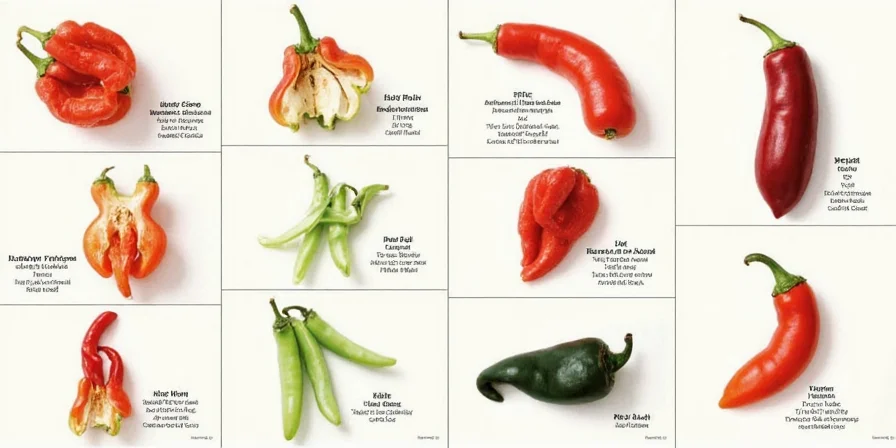
The Jalapeño is like the friendly neighbor who brings cookies – familiar, approachable, and always ready to add a little kick. Originating from Mexico, it’s one of the most widely used peppers in North America.
Fun Fact:
- When dried, jalapeños are called chipotles, often smoked and used in sauces and adobos.
Serrano: The Secret MVP
Heat Level:
- Scoville Heat Units (SHU): 10,000–23,000
- Common Use: Pico de gallo, salsas verdes, soups
The Serrano pepper is Jalapeño’s spicier cousin who went on a solo backpacking trip through Guatemala. It's smaller, hotter, and surprisingly versatile.
Why You Should Love It:
- Thrives in home gardens
- Comes in green, red, orange, brown, and even purple!
Habanero: Fire and Fruit
Heat Level:
- Scoville Heat Units (SHU): 100,000–350,000
- Common Use: Caribbean hot sauces, jerk marinades, Yucatán cooking
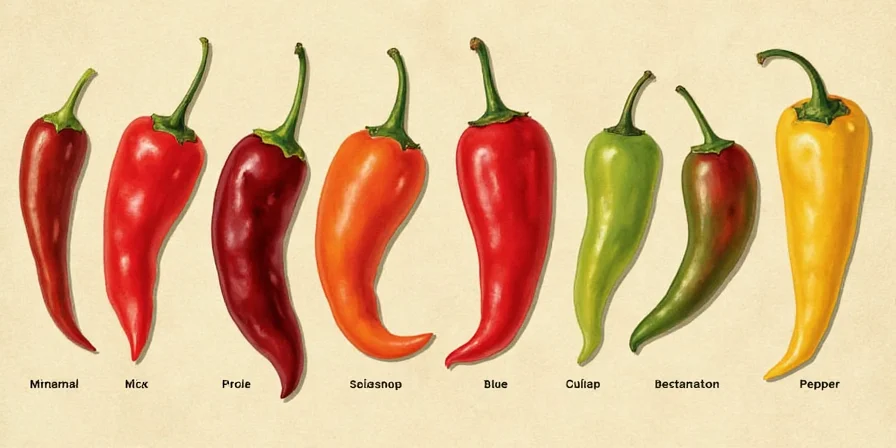
The Habanero is the tropical beach party of peppers — vibrant, fruity, and packing a punch. Native to the Amazon and now a staple in the Caribbean and Mexico, it delivers both floral notes and serious heat.
Pro Tip:
- Wear gloves when handling habaneros — especially before touching your face or eyes.
Ghost Pepper: The Inferno Incarnate
Heat Level:
- Scoville Heat Units (SHU): 855,000–1,041,427
- Common Use: Daredevil wings, extreme hot sauces, competitive eating
Once the reigning champion of the world’s hottest pepper, the Ghost Pepper (or Bhut Jolokia) hails from India and brings the pain with a deceptive sweetness at first bite.
Cultural Note:
- In Assam, it was historically used to ward off wild elephants — talk about natural defense!
Bell Pepper: The Mellow Misfit
Heat Level:
- Scoville Heat Units (SHU): 0
- Common Use: Stuffed peppers, stir-fries, salads, pasta
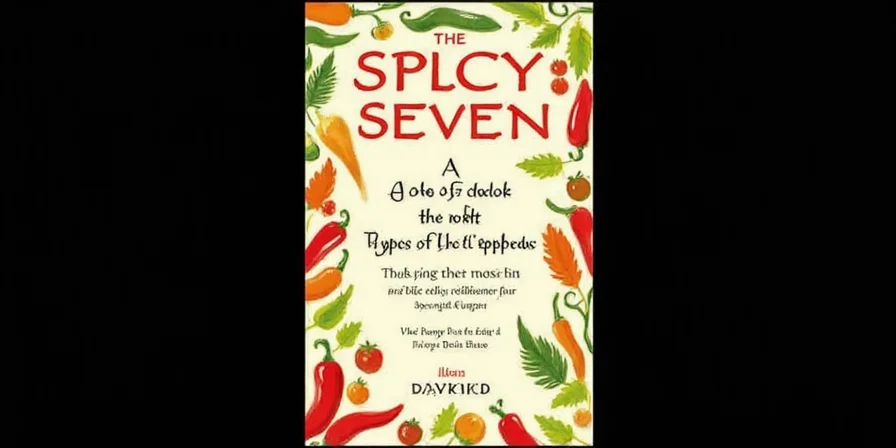
Though technically part of the Capsicum annuum family like its spicy cousins, the Bell Pepper is the peacekeeper — sweet, crunchy, and full of vitamins.
Did You Know?
- Red bell peppers have been ripened longer and contain more antioxidants than green ones.
Ancho: Smoky Sweetheart of Mexico
Heat Level:
- Scoville Heat Units (SHU): 1,000–2,000
- Common Use: Mole sauce, stews, braises
Dried poblano peppers become anchos — soft, leathery, and rich with a deep, earthy flavor. Often toasted and rehydrated, they’re a must-have in Mexican kitchens.
Flavor Profile:
- Smoky, raisin-like, slightly bitter, and beautifully complex
Shishito: The Lucky Gamble
Heat Level:
- Scoville Heat Units (SHU): 50–200 (mostly mild)
- Common Use: Japanese yakitori, quick sautés, grilled snacks
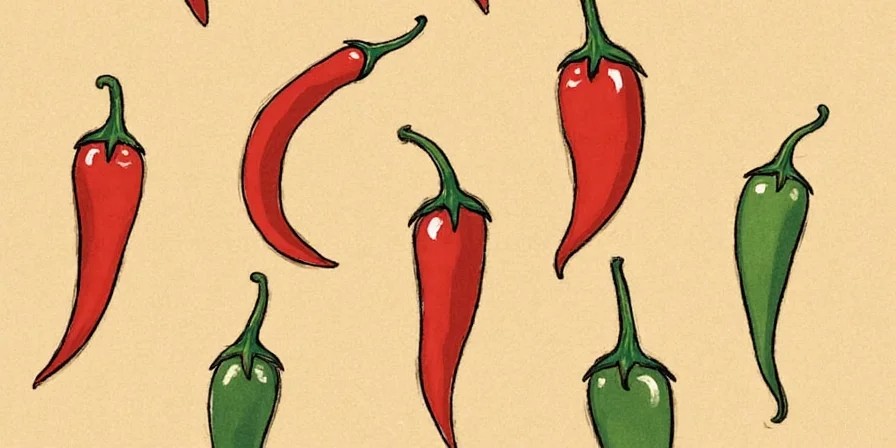
These slender Japanese peppers look intense but usually deliver a gentle whisper of heat. However, about 1 in 10 packs a surprising punch — making them a fun edible game of Russian roulette.
Quick Serving Tip:
- Blister them in a pan with sesame oil and sea salt for a quick, addictive snack.
Pro Tips for Handling Chile Peppers
Whether you're slicing jalapeños or wrestling ghost peppers, here are some essential safety and usage tips to keep your cooking safe and delicious.
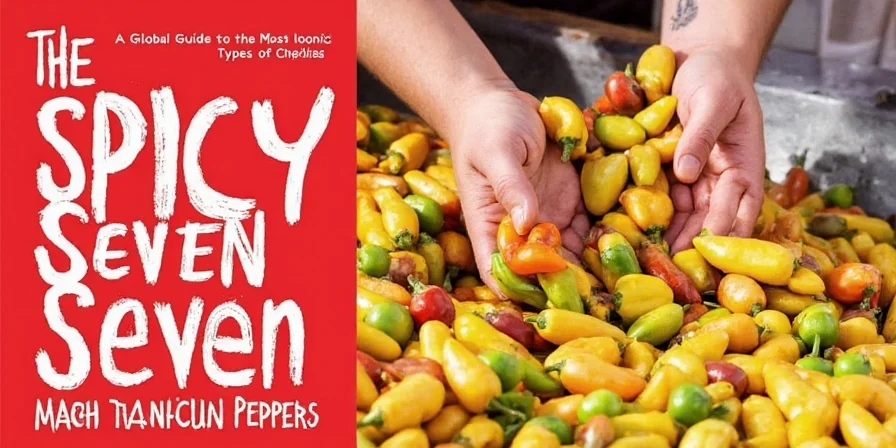
| Tips | Description |
|---|---|
| Use Gloves | Especially with high-heat peppers like habaneros and ghost peppers. Capsaicin sticks to skin and can cause irritation. |
| Remove Seeds and Veins | That’s where most of the heat lives. Want milder flavor? Take 'em out! |
| Toast Before Using | For dried chiles, a quick toast in a dry pan enhances flavor. Be careful not to burn them! |
| Soak Dried Chiles | Rehydrate in hot water or broth for 20–30 minutes before blending into sauces or pastes. |
| Cool the Burn | Milk, yogurt, or chocolate work best to soothe capsaicin-induced heat. Water? Not so much. |
Conclusion: Embrace the Heat, Master the Flame
Understanding different types of chile peppers opens up a world of flavor, aroma, and culinary creativity. Whether you crave the comforting warmth of ancho or the blazing thrill of a ghost pepper, there’s a perfect chile out there for every palate.
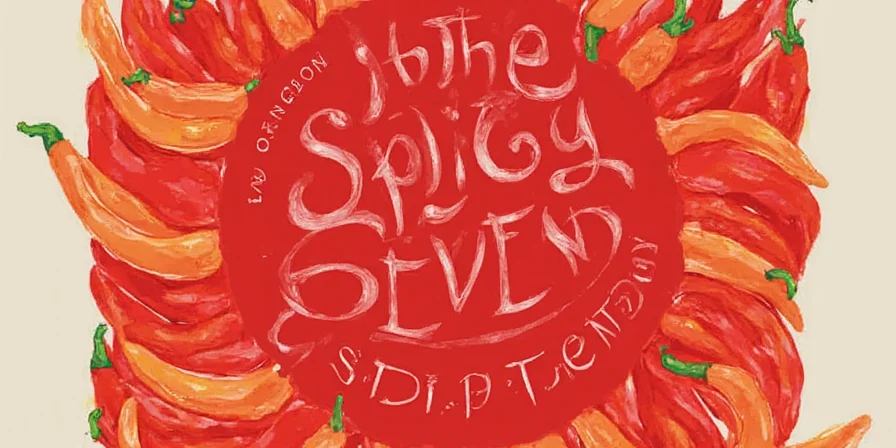
From Latin America to Asia, these tiny powerhouses have shaped cultures, cuisines, and conversations around dinner tables for centuries. So next time you reach for that jar of crushed red pepper flakes or grab a handful of fresh serranos, remember — you're part of a long, spicy tradition.
Now go forth, season bravely, and may your chiles be ever flavorful and your fingers forever unburned!

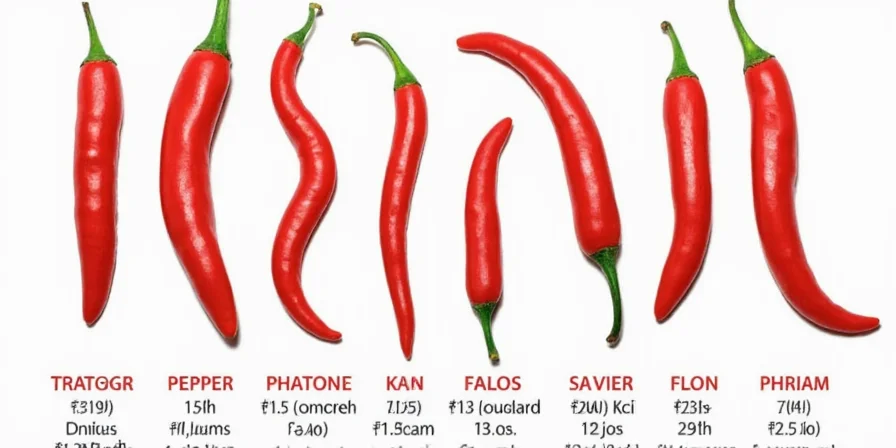









 浙公网安备
33010002000092号
浙公网安备
33010002000092号 浙B2-20120091-4
浙B2-20120091-4